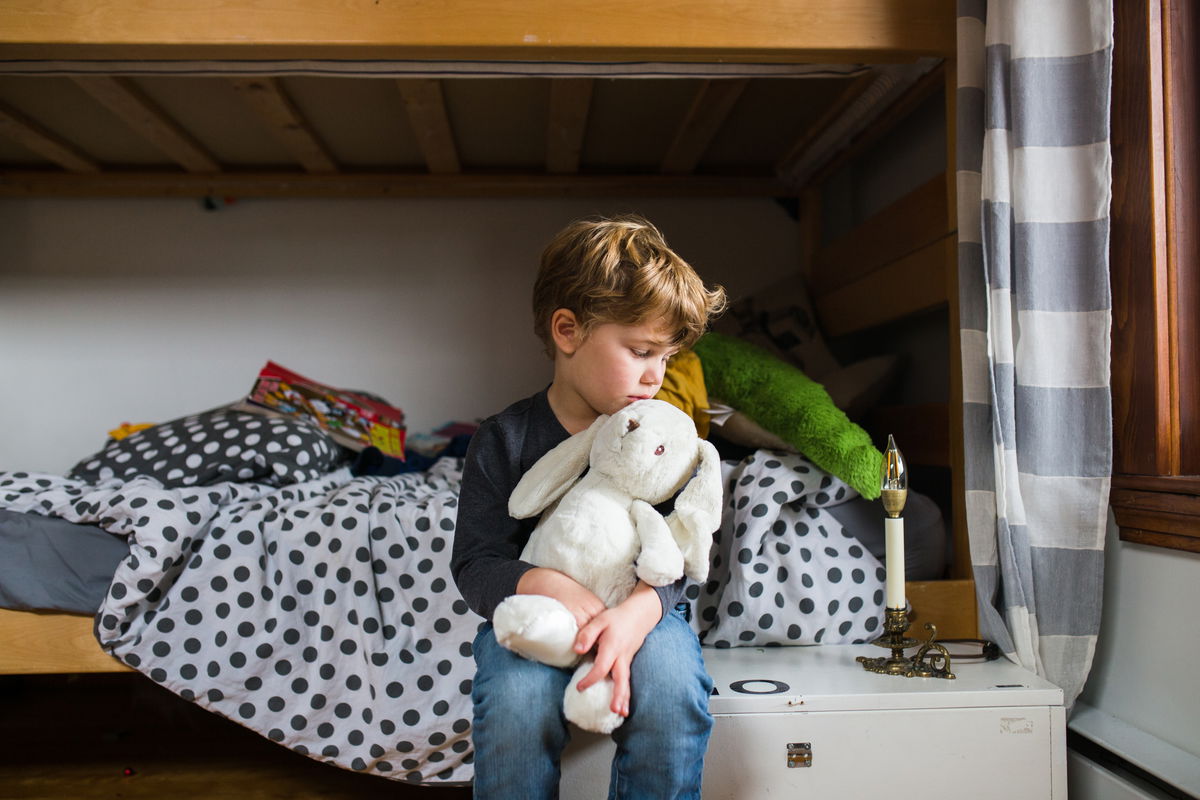Highlights
The statistics for young people who age out of foster care are grim. Take this recent Midwest Study, a collaborative effort among the public child welfare agencies in Illinois, Iowa, and Wisconsin, as well as researchers at the University of Chicago and the University of Wisconsin. Starting with baseline interviews in 2002 and 2003 of 17- and 18-year olds, researchers followed these young people over the course of a decade.
It has been widely known for years now that youth aging out of foster care fare worse than other young people, but also much worse than their counterparts who have been adopted—even at older ages. Not only are those who age out of foster care more likely to have drug and alcohol problems and less likely to graduate high school, they are even more likely to be victims of sex trafficking.
The Midwest Study finds that homelessness is a large problem in this group, noting: “Almost half of the Midwest Study participants who had been homeless since their most recent interview had been homeless more than once, including nearly one-quarter who had been homeless four or more times.” Which is not surprising. Most young adults have a childhood home to which they can return if things are not working out for them financially or personally. But for these young adults, there is no safety net.
And it’s hard to imagine how many of them will ever get the footing they need to start a life for themselves. “Compared with their Add Health counterparts, Midwest Study participants were three times more likely not to have a high school diploma or GED,” the study reports. Nor do they have the kind of support networks that will allow them to get closer to their educational or professional goals. When asked about whether they had “people to help you meet your goals,” 4 in 10 said they had too few people or no one at all. The numbers were similar when asked whether they had people available to listen to them or help them with favors.
Whether it’s low rates of unemployment or high rates of incarceration, the questions for this population are so difficult that the solutions will have to be more radical. For some reformers, the answer lies in getting kids out of the system—making them eligible for adoption—much sooner. How long should a child languish in temporary homes while they wait for biological parents to get sober or leave an abusive boyfriend? The subject of a recent story on NPR about kids who age out of foster care interviewed a young woman who had been in 36 homes and 26 schools from the age of 10 to the age of 18.
Another alternative is thinking about how to get more older kids adopted. Colorado has been very successful in getting older kids off the foster care roles through Project 1.27, for instance. Focus on the Family’s Wait No More Program has collaborated with various states to encourage more adoption of older children (as well as sibling groups). Obviously, this is not a population that many adoptive parents are thinking about, but the kind of permanency that adoption offers, even for a teenager, is invaluable.
Barring the social support provided by an adoptive family, is there any way to get these young adults on track to leading independent, fulfilling lives? I wrote recently about efforts by a program called America Works to offer job training and placement for former foster youth. To be successful, any such program should also provide wraparound services—counseling, education, even help with basic financial decisions—but after the way we have already let these young adults slip through the cracks, it seems like the least we can do.
Naomi Schaefer Riley is a senior fellow at the Independent Women’s Forum and a columnist for the New York Post. Her most recent book is The New Trail of Tears: How Washington Is Destroying American Indians.










